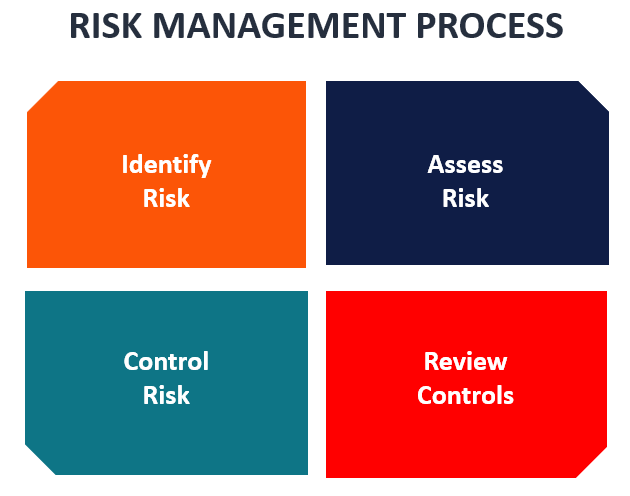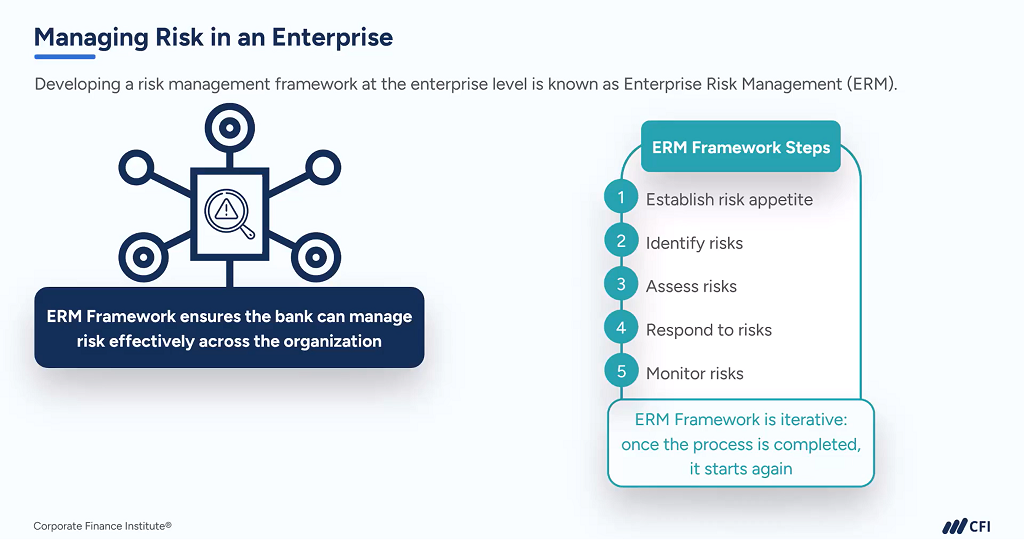Why the Importance of Risk Management Cannot Be Overlooked in The Current Economy
Why the Importance of Risk Management Cannot Be Overlooked in The Current Economy
Blog Article
Exploring the Importance of Risk Management for Effective Decision-Making Strategies
In the elaborate world of service, Risk Management arises as a critical element in the decision-making procedure. The capability to identify possible risks and chances, and strategize as necessary, can spell the distinction in between success and failing.
Recognizing the Idea of Risk Management
Risk Management, a vital component in decision-making, is frequently misinterpreted or oversimplified. Generally, it refers to the recognition, assessment, and prioritization of threats to reduce, keep track of, and regulate the likelihood or effect of regrettable occasions. Nonetheless, it's not merely regarding avoiding negative end results, however additionally regarding acknowledging prospective chances. Risk Management includes regimented and organized approaches, using data and insightful analyses. It requires an extensive understanding of the organization's context, objectives, and the possible dangers that might combat them. From economic uncertainties, lawful responsibilities, strategic Management mistakes, to mishaps and all-natural disasters, it resolves different threats. Importantly, effective Risk Management is not stagnant; it's a continual, forward-looking procedure that progresses with changing scenarios.
The Duty of Risk Management in Decision-Making Processes
In the realm of tactical planning and service operations, Risk Management plays an important role in decision-making procedures. Risk Management therefore comes to be an important tool in decision-making, assisting leaders to make enlightened options based on a detailed understanding of the dangers included. Risk Management serves as an essential part in the decision-making procedures of any type of company.

Just How Risk Management Enhances Strategic Planning
In the context of tactical planning, Risk Management plays a crucial function. Starting with the recognition of potential threats, it further encompasses the execution of Risk reduction actions. The role of Risk Management is not static yet vibrant, as it demands consistent surveillance and adjusting of strategies.
Determining Potential Dangers

Implementing Risk Mitigation
Risk mitigation methods can range from Risk avoidance, Risk transfer, to risk decrease. Each method needs to be tailored to the particular Risk, considering its potential effect and the organization's Risk resistance. Effective Risk mitigation calls for a deep understanding of the Risk landscape and the possible influence of each Risk.
Monitoring and Readjusting Techniques
Though Risk reduction is a critical action in calculated planning, constant surveillance and change of these methods is similarly important. This recurring process allows organizations to recognize new risks and reassess existing ones, making sure the carried out strategies remain reliable in the ever-changing service setting. It also provides a chance to evaluate the success of the Risk Management actions, permitting changes to be made where necessary, more enhancing calculated planning. Reliable tracking and change require the use of analytics and key performance indicators (KPIs) to measure performance. These devices provide beneficial data-driven insights that can educate strategic decision-making. Therefore, tracking and readjusting Risk Management strategies is an essential element for enhancing a company's strength and strategic planning.
Instance Researches: Effective Risk Management and Decision-Making
In the globe of organization and finance, successful Risk Management and decision-making often act anchor as the pillars of prosperous ventures. One such entity is a multinational oil company that alleviated financial loss by hedging against rising and fall oil costs. In one more circumstances, a technology start-up flourished by determining and accepting high-risk, high-reward approaches in an unstable market. An international bank, encountered with regulatory uncertainties, effectively browsed the visit their website scenario through aggressive Risk evaluation and dynamic decision-making. These situations highlight the value of astute Risk Management in decision-making processes. It is not the absence of Risk, however the Management of it, that typically differentiates successful firms from unsuccessful ones. These cases underscore the crucial duty of Risk Management in calculated decision-making. importance of risk management.
Tools and Strategies for Efficient Risk Management
Navigating the elaborate maze of Risk Management requires the appropriate collection of techniques and tools. These tools, such as Risk signs up and warmth maps, aid in identifying and analyzing prospective dangers. Strategies consist of both measurable methods, like sensitivity analysis, and qualitative approaches, such as SWOT analysis. These help in focusing on risks based upon their prospective influence and likelihood. Risk action techniques, a key component of Risk Management, entail accepting, staying clear of, transferring, or mitigating risks. Monitoring and managing dangers, with normal audits and reviews, make certain that the techniques continue to be efficient. With these techniques and devices, decision-makers can browse the complicated landscape of Risk Management, consequently helping with informed and reliable decision-making.
Future Trends in Risk Management and Decision-Making Strategies
As we discover the huge landscape of Risk Management, it ends up being obvious that the devices and strategies utilized today will certainly continue to advance. Future fads direct in the direction of an increased dependence on innovation, with expert system and machine learning playing significant duties. These innovations will certainly allow organizations to forecast prospective risks with higher precision and make even more enlightened choices. Furthermore, there will certainly be an expanding emphasis on durability, not simply in handling threats but likewise in recovering from damaging scenarios. Last but not least, the idea of Risk culture, where every member of a company is mindful and entailed in Risk Management, will certainly obtain much more importance. These fads herald an even more inclusive and aggressive strategy towards Risk Management and decision-making.
Verdict

Risk Management thus becomes a crucial tool in decision-making, assisting leaders to make enlightened choices based on an extensive understanding of the threats entailed. Risk reduction techniques can vary from Risk avoidance, Risk transfer, to risk decrease (importance of risk look here management). Efficient Risk reduction calls for a deep understanding of the Risk landscape and the prospective impact of each Risk. Risk response methods, an essential part of Risk Management, involve accepting, avoiding, moving, or mitigating risks. The principle of Risk society, where every member of a company is mindful and involved in Risk Management, will gain extra prestige
Report this page